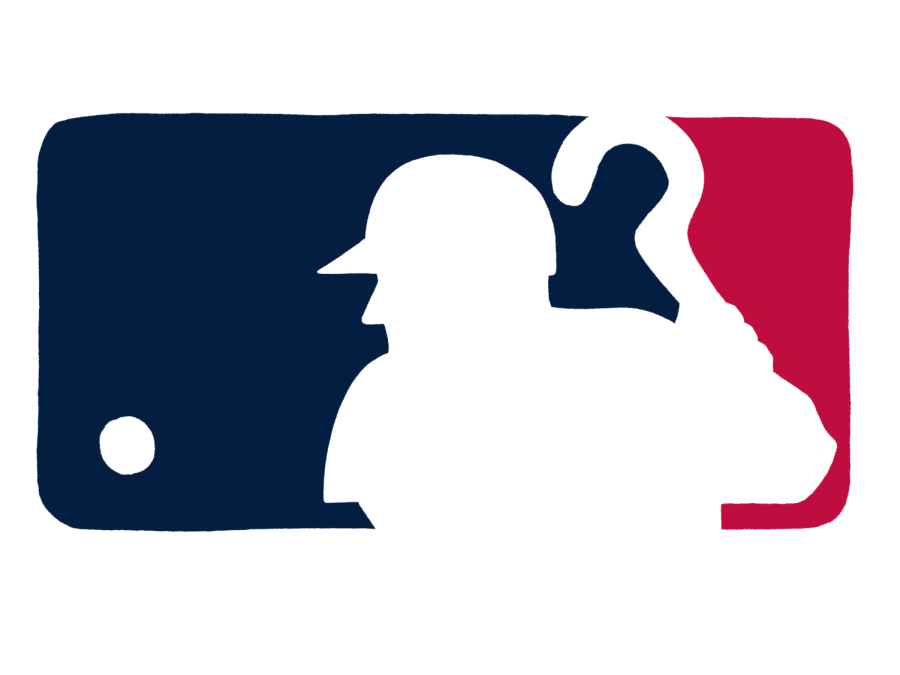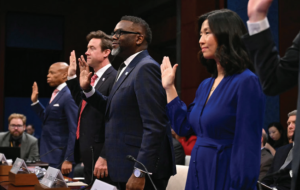MLB Lockdown: A Push to Make Baseball More Exciting
February 6, 2022
The Major League Baseball organization (MLB) has gone into lockdown and activity has ceased as the owners and players seek to agree on a new collective bargaining agreement. Several policies such as those regarding player compensation and changes to the game are on the table. Here are the top changes that should happen to make the league more enjoyable and competitive.
Universal designated hitter:
Since 1973, the American League has allowed a designated hitter (DH) to take the place of the pitcher in the batting order, a rule that should now be extended to the National League. Despite the occasional pitcher that excites the crowd with a long-ball, it is usually a pathetic experience to view National League pitchers batting. As a result of including a designated hitter, the American League’s offensive production is more exciting, and they have consistently outperformed the National League in this regard. There was already a universal DH implemented in the 60-game 2020 season, giving little reason to resist change at this point.
Implementation of larger bases:
Watching base stealing and baserunning is one of the most exciting parts of baseball. However, as the role of analytics has grown in the league, teams have become less likely to risk outs on the basepaths. Larger bases would allow for shorter distances in between the bases, thus increasing offensive production and aggression. Additionally, quicker times between bases would give less time to fielders to make a play, requiring fast, higher-skill defensive plays. Larger bases were also supported by players when they were implemented in the independent Atlantic League while also reducing injuries at the triple A level.
Limiting the amount of pitchers on a roster:
Having “main characters” is something that the MLB lacks in contrast to other leagues such as the NBA with its superstars and the NFL with its quarterbacks. Part of this is due to the natural structure of the game that evens out how often players can make a play, unlike basketball or football where one player can be fed the ball on every possession. Starting pitchers are the closest thing that the MLB has to main characters, but modern analytics favor shorter outings for starters followed by a dearth of hard throwing bullpen arms. As a result, the game has shifted away from the days when aces such as Nolan Ryan or Roger Clemens would attract large crowds to watch them work deep into games. If teams have less available arms, they won’t be able to throw as hard, thus increasing offensive production and decreasing the time spent changing out relievers. Having a limit on pitchers might also return the closer (a designated reliever to finish close games) to prominence. Witnessing a star like Mariano Rivera or Craig Kimbrel finishing a game is one of the most exciting events in baseball.
Salary floor:
There are massive differences between payrolls of teams in baseball. Smaller market teams or owners that refuse to fund their franchises often have payrolls a third of the size of big-market teams such as the Dodgers or Yankees. The result has been an increasing number of teams like the Pirates, Tigers, and Orioles that are merely pushovers, and fail to cause much competition. A salary floor would create more equal rosters in terms of talent, therefore making the sport more competitive.
Pitch clocks:
There shouldn’t be much debate around this last one. No one wants to see pitchers taking what feels like forever to deliver the next pitch. Pitch clocks have been used in the minors and have resulted in a noticeable increase in pace of play, appealing to the shorter attention span of average viewers.










